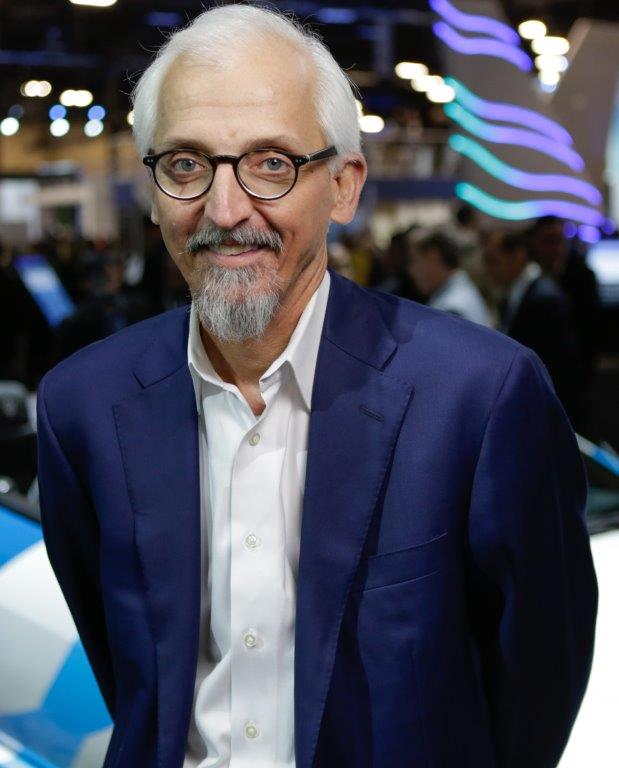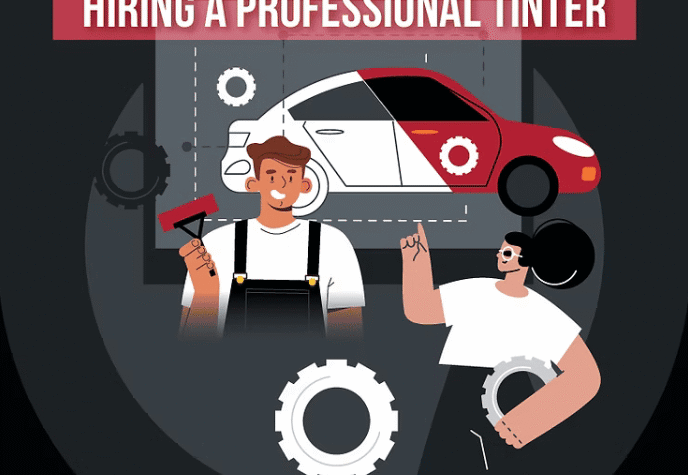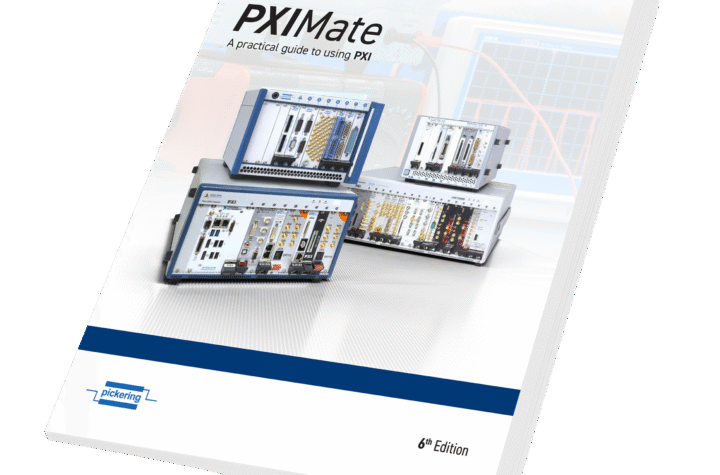
Optional pull-out radios have steadily morphed into navigation systems, and from there into connected navigation. What is now known as a “head unit” is at the heart of digital cockpits, with combined instrument clusters, head-up displays, and concert hall-quality sound.
Automotive Industries (AI) asked Steve Surhigh, Vice President & General Manager, Cloud Services at HARMAN International, how this shift is being reflected in vehicle design.
Surhigh: HARMAN has recognized that there is a shift in the consumer’s focus. Horsepower and customized design have been overtaken by a focus on what experiences the vehicle offers during the journey. Responding to this trend, our product development process focuses on experiences per mile. At CES 2020 we unveiled the HARMAN ExP, Integrated Solution Suite, which features specially-curated collections of connected car, audio and service technologies to create experiences that deliver specific driver benefits, such as well-being, enjoyment, social connection, accomplishment and more.
AI: Are people’s expectation of seamless connectivity in the digital ecosystem realistic?
Surhigh: Certainly, Apple and our parent Samsung have driven consumer expectations through mobile devices. While we as consumers don’t necessarily understand the magic that happens in the background, the expectation is that it’s no longer a challenge to pair your phone via Bluetooth to your vehicle or have an app to unlock your doors remotely, or to set-up Alexa system to start your vehicle. Consumers expect it to be very easy to do regardless of the technology.
AI: What advanced technologies are bundled in the ExP and HARMAN Ignite?
Surhigh: Ignite not only helps OEMs to connect vehicles to other devices through the Cloud, but also brings content into the vehicle. You can have real time traffic data being brought in by variety of different technologies, with the map also being updated in real time. The directions can be combined with other points of interest (POI) which might include charging stations or a variety of other information that enhance the driving experience.
Through Ignite smartphone apps become integrated services in the vehicle. For example, an OEM chooses to use TomTom as its map provider. We can combine Yelp data and a voice system so occupants can simply ask the system to find the nearest open pizza parlor or empty parking spot. Dangerous driver distraction is reduced as they do not have to navigate their way through different apps.
AI: How does the vehicle interior influence the “wellbeing” of the occupants?
Surhigh: The initial use cases for wellbeing in the vehicle are really focused on keeping the driver alert and, in the case of autonomous vehicles, is in a position to take control of the wheel. In a conventional vehicle, the objective is to ensure the driver is not drowsy or distracted. Longer term, we could monitor the wellness of the individual in the vehicle through wearables or embedded sensors which can measure everything from heart rate to blood pressure, and sugar level of an individual with diabetes. I think OEMs will focus for now on applications relating to the in-vehicle experience, but ultimately, we could go to some kind of in-vehicle tele doctor service, where you can get a health update if you are stuck in traffic and worried about something.
AI: How does Ignite Marketplace enable OEMs to unlock new market opportunities?
Surhigh: When we go around the globe and we look at news apps for example, we find that each market has its own favorite. For travel, Europe prefers TripAdvisor, while Yelp is the leader in North America. Marketplace allows us to set up and give the OEMs basically one solution that can be deployed on a regional basis with only one code set. This makes it less expensive to set up and maintain. Having one global code base allows occupants to get the most of their in-vehicle experience by leveraging technology and keeping it common, so it is basically scalable around the globe.
AI: How does HARMAN future-proof its systems?
Surhigh: Over the past 3-5 years HARMAN has focused on creating hardware and software platforms which meet the needs of OEMs. Through that we’ve pre-integrated the audio components from HARMAN. Now with Ignite we are able to provide OEMs with connectivity because we’ve made our R&D investments in bringing these components together.
While Ignite can also run on other suppliers’ hardware, it is pre-integrated into HARMAN hardware, making it much more cost-effective for an OEM to deploy the overall solution. What is also important is that the integrated HARMAN system gives a better vehicle experience. We can upgrade software dynamically through Ignite Market Place, which can be used by OEMs to upsell digital trim levels, even after the vehicle has been sold.
AI: How will the user experience be enhanced?
Surhigh: It is all about the ease of use. We are bringing things like Alexa and Google Home into the vehicle, rather than an app simply overlaid into an OEM Appstore. With Ignite we’ve taken voice-first functionality to stitch together all the experiences, whether using the Ignite voice components or other voice components.
Voice makes it so much easier for drivers to interact with the vehicle. One voice command can replace five soft button presses on a display. And the intelligence of these personal assistants really allows us to be contextually aware of where we are in the dialog so the answers can be much more focus and it becomes seamless from a driver’s perspective. If the assistant asks “do you want to navigate there?” we can simply respond with “yes” versus asking to navigate to a specific address. The system is dynamically learning about you and your preferences and commuting patterns but doing it in a way that is helpful, non-intrusive, secure and private.
AI: HARMAN is member of the recently formed Experiences Per Mile (EPM) Advisory Council. How do you hope to shape the future of EPM?
Surhigh: We have a number of different stakeholders as part of the council, including OEMs and technology suppliers. It is not about product plans. It is not about product road maps, but it is looking to be collaborative in terms of having a dialogue about what could be – based on different innovation tasks various stake holders can take.
It is a forum in which Tier 1s are able to find out from OEMs what user experiences they have planned, but they haven’t fully thought through the technologies. Being able to discuss the technologies and how they can potentially impact user cases is part of what we are looking to accomplish with the council.
AI: What can we expect next from HARMAN?
Surhigh: The big aspects open up around V2X with 5G, and we at HARMAN are looking at being able to connect these experiences together using the newer technologies as they evolve and proliferate. I think you can expect a lot more 5G in the mix. You can also expect a lot more in terms of combining different aspects of the digital cockpit and improving the workflow within the vehicle, making it easier for drivers and passengers to interact with that vehicle.












More Stories
Professional vs. DIY Tinting: What You Should Know
New updated edition of “PXIMate” reference guide for T&M engineers available from Pickering Interfaces
5 Mistakes That Can Ruin Your Car Accident Claim